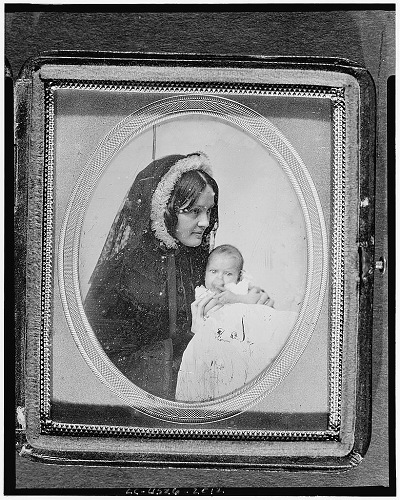We live in the era of digital photography–far from the time of the daguerreotype. But that didn’t stop Seattle-based photographer Dan Carrillo from falling in love with daguerreotypes and bringing this art form back to life.
 “There’s something about a daguerreotype that is unlike any other type of photograph, in my opinion the most beautiful form of photography ever invented,” Dan says in a fantastic, four-minute documentary video you can watch below. He learned the craft of daguerreotyping at an Eastman House workshop, then spent a year gathering and building his own equipment. Today he creates photographs he calls “shiny little jewels” using the same laborious process and dangerous chemicals as early photographers.
“There’s something about a daguerreotype that is unlike any other type of photograph, in my opinion the most beautiful form of photography ever invented,” Dan says in a fantastic, four-minute documentary video you can watch below. He learned the craft of daguerreotyping at an Eastman House workshop, then spent a year gathering and building his own equipment. Today he creates photographs he calls “shiny little jewels” using the same laborious process and dangerous chemicals as early photographers.
He likes the idea that the images he creates will outlive him. “It’s so easy to take a picture and forget about it,” he says. “I’m trying to make something that will be a cherished object from generation to generation.” Family historians certainly can appreciate that line of thinking!
Dan Carrillo: Daclotype from Patrick Richardson Wright on Vimeo.
The process of creating a daguerreotype was so laborious that those who used it were constantly tweaking it. According to one site that explains the process in more detail, inventors were able to eventually drop the exposure time from a daunting 15 minutes to less than one minute (who can sit totally still for 15 minutes?). I think it’s interesting that there are more than 480 daguerreotype-related patents at Google Patents. This makes me think differently about those “shiny little jewels” we may come across in our own family photo collections. Daguerreotypes of our ancestors are themselves painstakingly-crafted “genealogy gems!”
